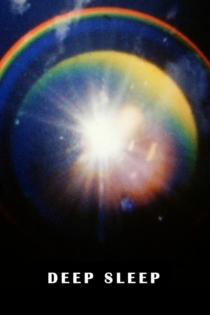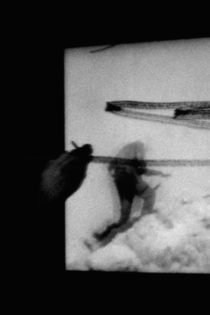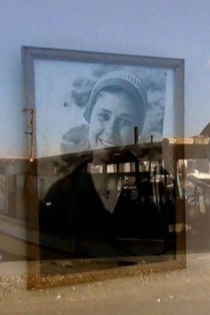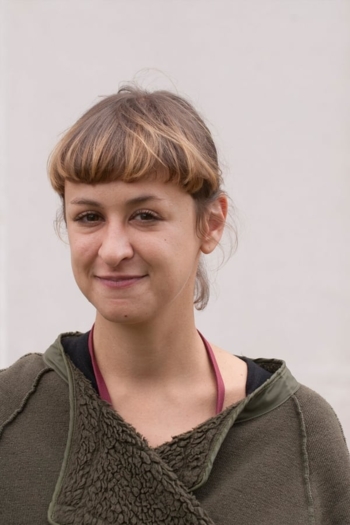
Basma Alsharif
1983 (42 года)Farther Than the Eye Can See
Basma Alsharif
A woman recounts her story of the mass exodus of Palestinians from Jerusalem, beginning with the arrival and ending with the departure. The tale moves backwards in time and through various landscapes but the events are not being undone and the story has not been untold. Farther Than The Eye Can See is the tracing of a decaying experience told through words of a place that no longer exists.
Farther Than the Eye Can See

Ouroboros
Basma Alsharif
Neemah Abu Ghenas, Jessica Bellinger
This film is an homage to the Gaza Strip and to the possibility of hope beyond hopelessness. Ouroboros, the symbol of the snake eating its tail, is both end and beginning: death as regeneration. A 74-minute experimental narrative film that turns the destruction of Gaza into a story of heartbreak, Ouroboros asks what it means to be human when humanity has failed. Taking the form of a love story, the film's central character is Diego Marcon, a man who embarks on a circular journey to shed his pain only to experience it, again and again. In the course of a single day, his travel fuses together Native American territories, the ancient Italian city of Matera, a castle in Brittany, and the ruins of the Gaza Strip into a single landscape.
Ouroboros
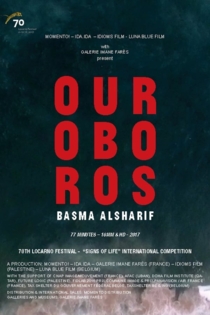
A Field Guide to the Ferns
Basma Alsharif
Deep in the woods of New Hampshire, apathy and violence are blurred. A horror nature film develops, as Basma Alsharif fuses images from Ruggero Deodato’s “timeless slice of visceral horror,” Cannibal Holocaust, a self-referential study of sorts of the representation of violence, with those of another horror, equally distant, yet all too close.
A Field Guide to the Ferns

Deux Soeurs Qui Ne Sont Pas Soeurs
Beatrice Gibson
Adam Christensen, Basma Alsharif
Based on Gertrude Stein’s eponymously named screenplay, written in 1929 as European fascism was building momentum. Beatrice Gibson’s adaptation, set almost a century later in contemporary Paris, deploys Stein’s script as a talismanic guide through a contemporary moment of comparable social and political unrest. An original soundtrack, written especially for the film by British composer Laurence Crane, responds to the repetition, duplication and duality at play in Stein’s script. Both a fictional thriller and an act of collective representation, Deux Soeurs proposes empathy and friendship as means to reckon with an increasingly turbulent present.
Two Sisters Who Are Not Sisters

Everywhere Was The Same
Basma Alsharif
A slideshow of abandoned spaces carries along the story of two girls who mysteriously turn up on the shores of a pre-apocalyptic paradise. Factual texts drawn from the Madrid Peace Accords to the CIA World Factbook are weaved into a fictional narrative that unfolds the story of a massacre.
Everywhere Was The Same
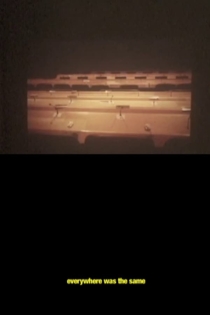
High Noon
Basma Alsharif
High Noon is the meeting between the Southern Californian landscape with that of the South-Eastern landscape of Onomichi Japan as an experience of the gravitational pull towards the center of the earth, with the knowledge that we are sometimes standing on the world upside down. We briefly glimpse each landscape as a dizzying series of loops that seem to repeat themselves endlessly.
High Noon

The Story of Milk and Honey
Basma Alsharif
The Story of Milk and Honey is a short experimental video belonging to a larger project, which includes photographs, drawings and text, detailing an unnamed individual’s failure to write a love story about the Levant, as if it were a classical Arabic song. Through voiceover narration that weaves together images, letters, and songs, a story of defeat transpires into a journey that explores how we collect and perceive information, understand facts, history, images, and sound and where the individual is to be found in the midst of the material.
The Story of Milk and Honey
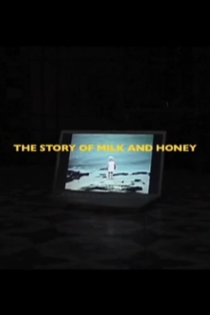
Turkish Delight
Basma Alsharif
Super 8mm film transferred to digital video. Installation composed of footage from three separate sequences that interweave frame by frame. Shot in the interiors of empty homes in Amman, Jordan. Sound composed of recording of food ingredients for unspecified dishes looped repetitively over ambient noise from film transfer to digital video.
Turkish Delight

